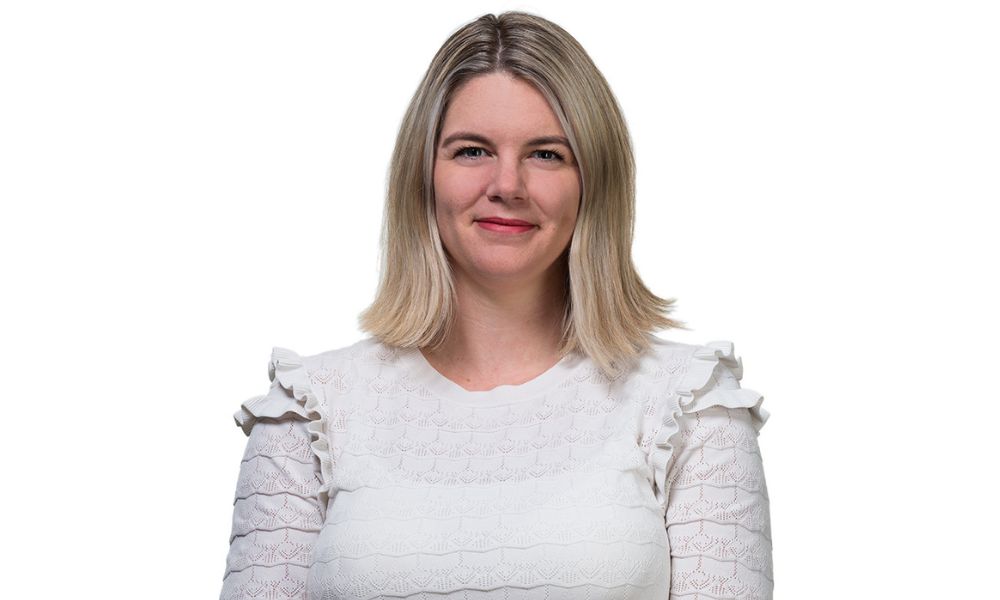How do you improve Māori health outcomes?

How do you improve Māori health outcomes? | Insurance Business New Zealand
Life & Health
How do you improve Māori health outcomes?
nib and Iwi partners seek answers in another country
Life & Health
By
Daniel Wood
Insurance firms can face unique challenges when they offer services to indigenous communities. The private health insurer, nib New Zealand, is looking to improve its services to local Māori communities by learning from indigenous health providers in other countries.
Sarah McBride (pictured above), nib NZ’s Auckland-based head of Iwi Initiatives, recently returned from a nib-led study tour to Canada. She was joined on the trip by Iwi partners involved in the Toi Ora project. McBride said the project aims to improve Māori health outcomes.
Learnings from a trip to Canada
Insurance Business asked McBride, what she learned from the trip? She said the first insights concerned funding options.
“At the moment, Iwi are funding the Toi Ora project through purchasing the [nib] health insurance,” said McBride. “We want to move to a space where there’s also more public funding towards improving these outcomes.”
Part of the trip, she said, was learning better ways to use existing funding and also the importance of sourcing it from multiple avenues.
The second key learning from Canadian colleagues was the importance of using health-related statistics and relevant previous cases to support new projects.
“So focusing any business case we present on inequitable statistics and also on what we’re already doing to improve those outcomes,” said McBride.
For example, she said Māori New Zealanders continue to experience poorer health outcomes than non-Māori.
“They have lower life expectancies, higher incidences of obesity and they tend to have higher rates of death from avoidable kinds of illnesses,” said McBride.
Toi Ora’s aim, she said, is to improve Māori health outcomes to the level of non-Māori New Zealanders.
One focus of this work, she said, is improving the way health providers communicate with First Nations people.
“Another key learning from the trip was the importance of ensuring there is that co-creation with local partners,” said McBride. “That’s probably the most important piece in any part of this work.”
Finally, she said, the Canada trip demonstrated the importance of having a clear strategy for health projects involving First Nations people.
“Also, making sure that all parts of your businesses are measuring that in any way possible,” said McBride.
Improving access to healthcare
She suggested that these learnings will be incorporated into nib NZ’s current work, looking at ways of improving indigenous peoples’ access to healthcare.
“So that’s why we’ve been doing some work in terms of understanding what a good provider experience is, but also looking at the way that people access those providers,” said McBride.
Related to this issue, she said, is placing more emphasis on preventative care rather than reactive care. McBride said her firm’s long-term relationships with First Nations customers tend to show this.
“A lot of the issues we’ve been able to see because we’ve had long relationships with these groups of people,” she said. “Their health insurance journey can involve waiting in the system for a long time and they’ve dealt with this for a lot of their lives.”
The idea is to move private and public health providers towards an approach “that’s less about just fixing things and instead, let’s start improving the future through that screening of healthcare.”
NZ health survey
The government’s 2022/23 New Zealand Health Survey, released in December, shows relatively poor results for the country’s Māori population. The data shows that about 7% of adults smoke but, as a percentage of their population, 17% of Māori smoke, three times greater than any other group.
According to the statistics, About 13% of New Zealand children are obese. Māori, Pacific islander and children living in the most deprived neighbourhoods were the most likely to be in this category.
Māori also trailed other populations for self-rated good health and were more likely to rate themselves in poor health.
Do you provide insurance services to indigenous communities? What help, education or training would help you do a better job?
Related Stories
Keep up with the latest news and events
Join our mailing list, it’s free!






